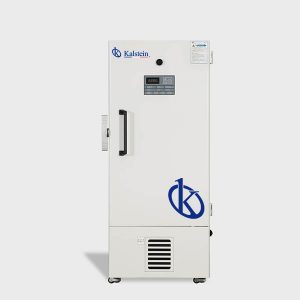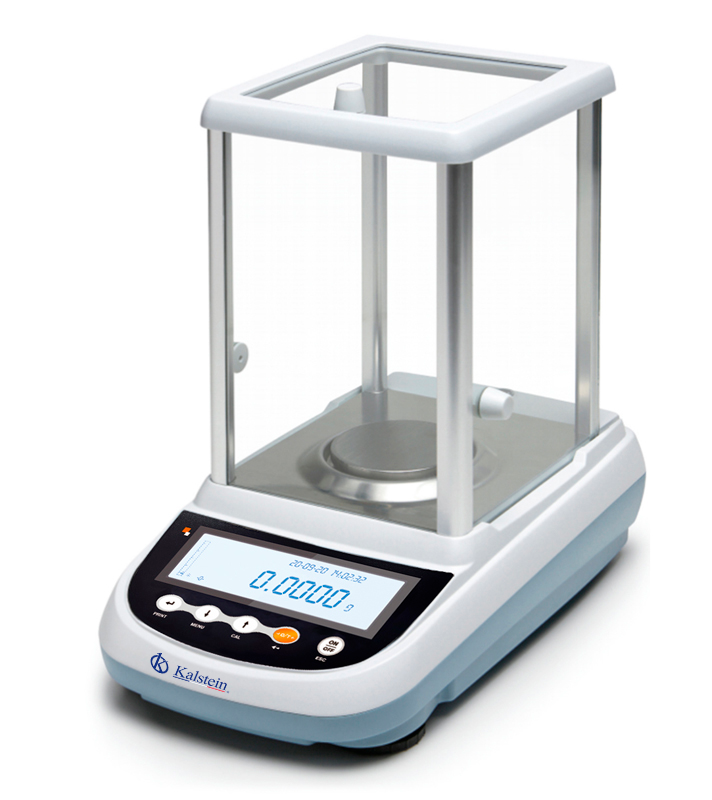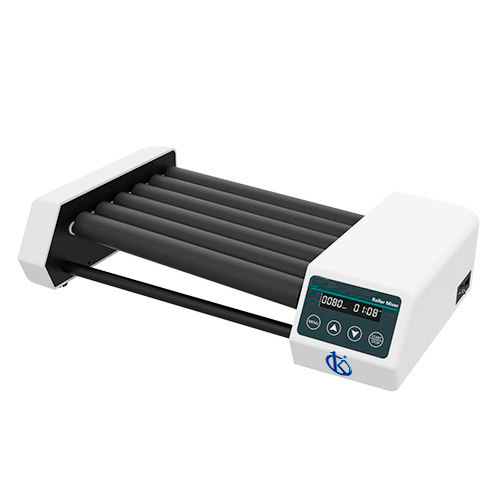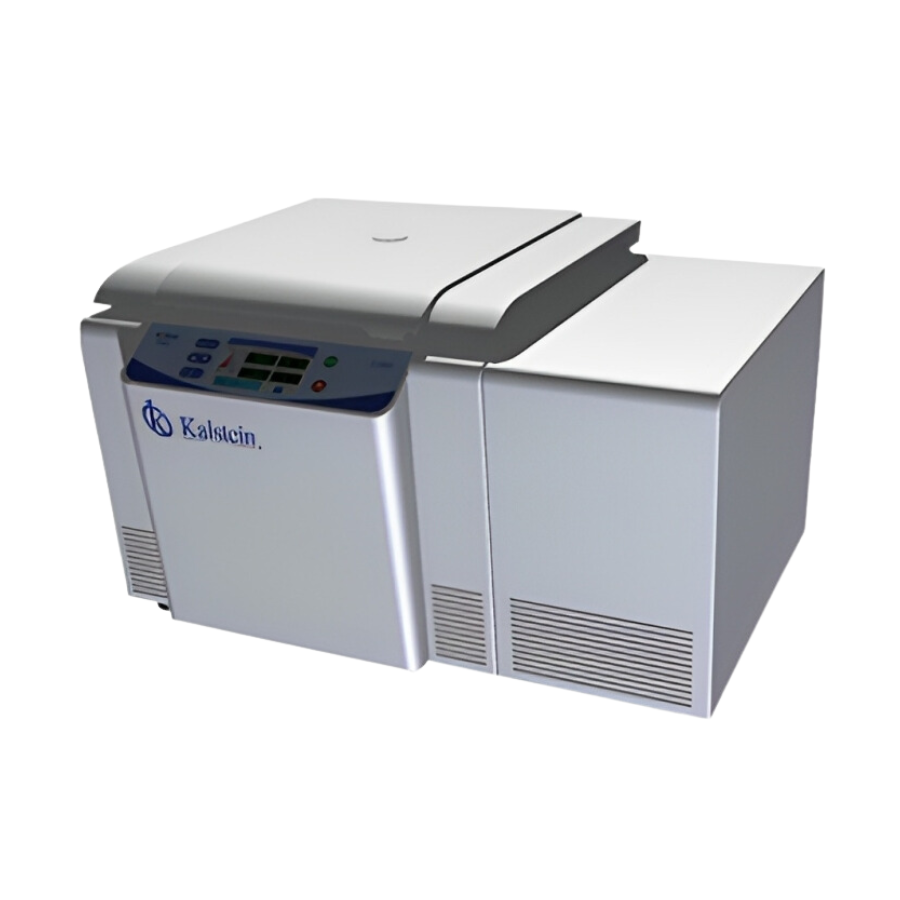Ultra-freezers, also known as ultra-low-temperature freezers, are a type of refrigerator that handles, as its name indicates, very low temperatures, ranging from -4 to -86° C. Some of these freezers are also called “freezer -80” since it is the most common maximum temperature they reach. They come in two types, horizontal and vertical.
Ultra-freezers are a very common tool in research laboratories, as they allow better preservation of samples and also allow to maintain those that need low temperatures. They are especially useful in molecular biology laboratories that require DNA to be preserved at low temperature. The operation of the ultrabezoators is based on the use of one or two high-power cascade compressors, which generally use greenhouse gases as refrigerants.
How do I use an ultra-freezer?
Ultra-freezers, as well as other laboratory equipment, have their risks, so it is necessary to follow a series of procedures in order to avoid risks of burns, explosion of any substance or electrocution. Generally speaking, these are not difficult equipment to use, however, the risks and their preventive measures are listed below to know how to use an ultrafreeder correctly:
- Electrocution risk: A proper connection and a differential switch are vital when installing the ultrFREEZER. It is important that the socket bases are grounded and it is not recommended to use multiple sockets. When the equipment is to be maintained, it must be disconnected.
- Risk of exposure to freezing agents: Samples to be frozen may be harmful to the user, so appropriate laboratory equipment, i.e. safety glasses, closed shoes and breathing protection, should always be available. When handling the samples to be frozen, it is key that they are put in containers resistant to low temperatures, otherwise there is a risk of breaking.
- Risk of burn due to cold: When samples are to be taken from the freezer, special cold gloves should be worn to prevent burns. Never touch the freezer surface with your bare hands. It is advisable to have some system of identification of the samples, so that when you have to remove them, it is simpler and not be in contact with the cold for a long time.
Applications of ultra-freezers
Generally, many samples that are stored short-term are placed in conventional refrigerators or freezers, which handle temperatures between 4 and -20 ° C, however, in specific laboratories, such as those of molecular biology, it is necessary to refrigerate samples to specific temperatures, ie, cryopreservation is needed for a long period of time. DNA, RNA, or proteins are these types of samples, and storage between -80° and -86° C is required to reduce the chance of damage.
For many cells Dewar containers are used with liquid nitrogen, the latter is also used as a backup in many ultrabeziers. Other biological samples are stored in special polymer tubes, which in turn are deposited in plastic boxes or some other resistant material. Ultra freezers have the capacity to store between 350 and 450 tube cases.
Kalstein brand ultra freezers
At Kalstein we are manufacturers of ultra freezers, we have a wide range at the best prices. Among our models, the YR series stands out, which has the following features:
- Microprocessor controlled system designed for controlled range of -40 ° C to -86 ° C for cabinet space with increments of 1 ° C
- Configurable high and low temperature alarms.
- Automatic filter cleaning alarm and sensor error alert.
- Optional temperature recorder, storage shelves and storage box.
If you want to make the PURCHASE of an ultrabezoel with us, we assure you that you will get a high quality equipment and will be advised at all times by our team of experts. To consult our catalog of ultra freezers you can consult the following link: HERE




